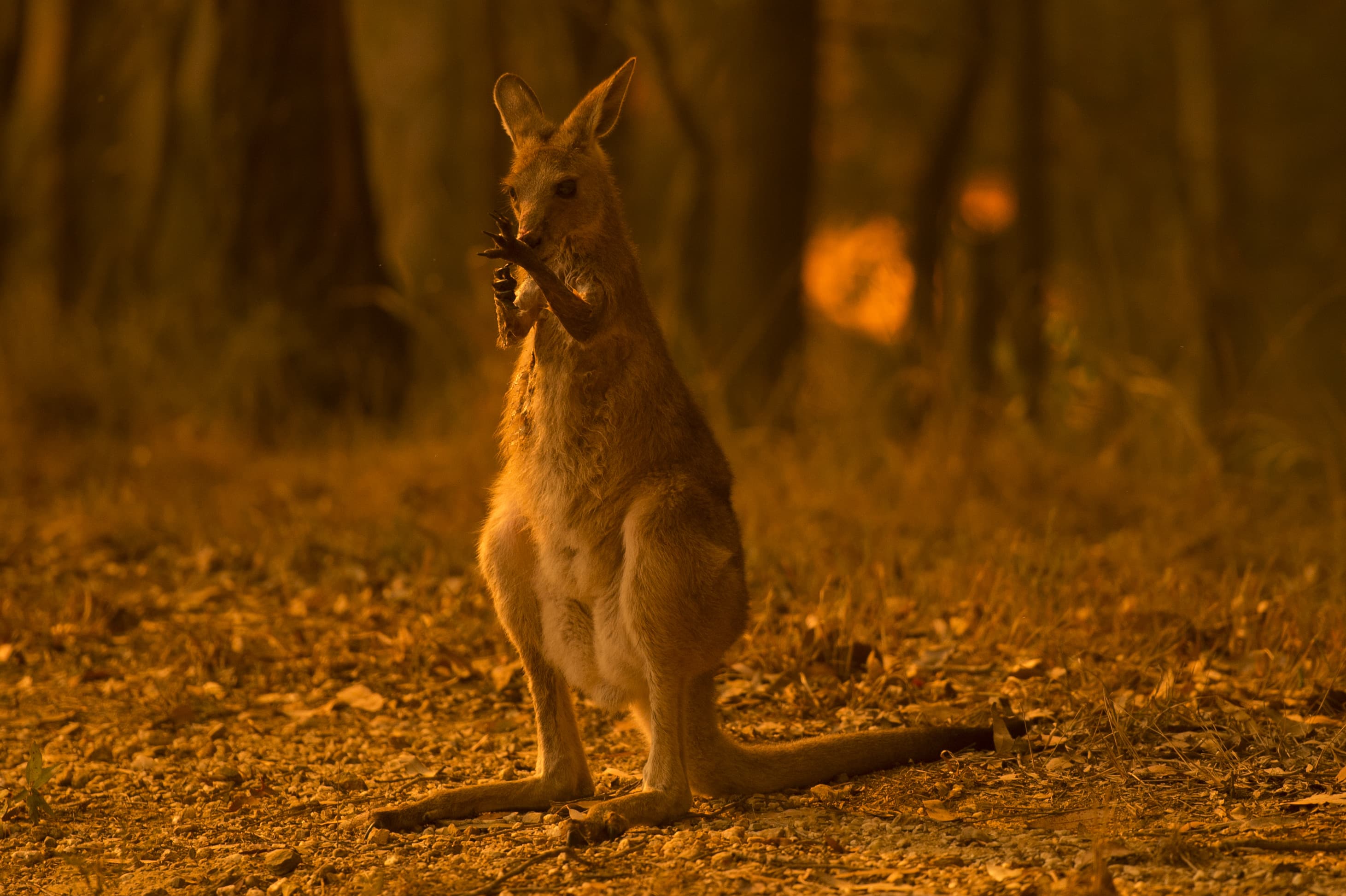After talking about some extremely large issues, I feel like it is time to mainly focus on one animal again. This time I will be discussing the endangerment of the largest cat species in the world: the Siberian Tiger. Personally, I am a big fan of the big cats and hearing that tiger populations like this one are on an extreme decline worries me.

Fig. 1 Siberian Tiger
The Siberian Tiger is also known as the Amur tiger but got its nickname of the Siberian due to over 95% of its population residing in the far east of Russia. Currently, only 500 of these wondrous animals reside in the wild today, a small number for an animal that once ruled over Russia, northern China, and the Korean peninsula.
In the 1940s, hunting of these animals caused extreme damage to their population, leaving only around 40 left in the wild until Russia finally became the first country to pass protection laws to try and save this tiger species. These protection laws were a step in the right direction as they allowed the tiger population to grow to its current population, but the tiger is still under threat. Only around 10% of the tiger population lives in the protected lands designated by the government, and elsewhere illegal activities in Russia’s far east have severely threatened the ecosystem of the tigers. Due to the remote environment, Amur tigers have large areas of territory in order to get as much prey as they need to survive. Illegal logging in Russia has had a devastating effect on the environment. The major loss of trees has caused population decline in the tigers’ prey, ultimately decreasing the tigers’ food source and threatening their future survivability. Poaching has also become a serious problem. Amur tigers are prime real estate for exotic sellers on the black market, and poachers today are better equipped for evading the law and most times have international links to get them out of trouble. People are hurting the already dwindling population of Amur tigers just for the money, and I find that extremely saddening.
I am a cat lover through and through, and the suffering of these big cats is something I want to bring to people’s attention. Even though the government is trying, there is still more that can be done to ensure the future of this amazing species. The Amur tiger is directly under threat by humans, and it is humans who have to set this right. The damage we have done already is unacceptable, and the pattern seen with this one species is mirrored in thousands more across the world.




